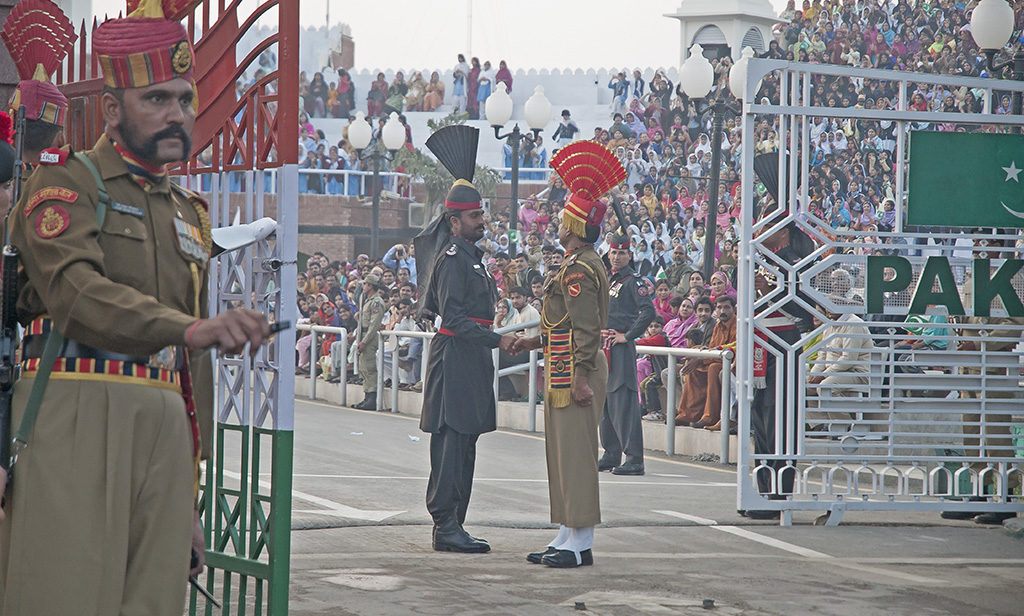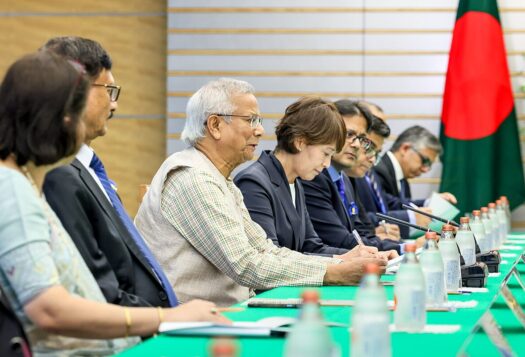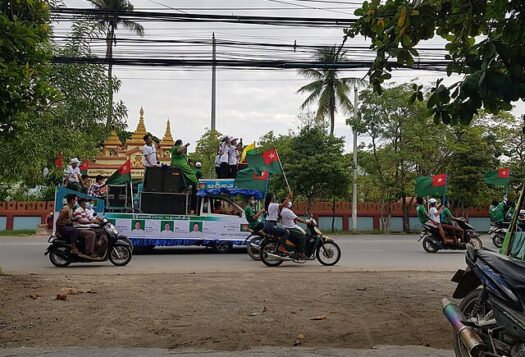
Fighting off the Bharatiya Janata Party(BJP)-Shiromani Akali Dal (SAD) alliance and new entrant Aam Aadmi Party, the Indian National Congress returned to power in Punjab after a gap of 10 years. This victory can be largely credited to Chief Minister Captain Amarinder Singh, whose personal charisma and aggressive campaigning won it for the Congress. It remains to be seen how Singh, who was also CM from 2002 to 2007, deals with issues like rampant drug addiction, unemployment, and the abysmal fiscal situation in the state. But Punjab being a border state with Pakistan, Singh is also in a position to impact cross-border relations.
For Singh, Pakistan will be an issue hard to ignore. One of the sources of drugs in Punjab is the opiates and heroin smuggled in from Pakistan and Afghanistan. The state has also faced terror attacks in 2015 (Gurdaspur) and 2016 (Pathankot) that have been linked to groups in Pakistan.
Role of Punjab in India-Pakistan Ties: The Initiator is Back
In his earlier chief ministerial tenure, Singh made efforts to reach out to Pakistani Punjab. His cross-border cultural and sports exchanges received full support from the central government. One of Singh’s major achievements was the Indo-Pak Punjab Games, which then chief minister of Pakistani Punjab, Chaudhry Pervaiz Elahi, inaugurated. Around 700 sportspersons from both the Punjabs, including women, competed in sports like hockey, athletics, gymnastics, wrestling, badminton, volleyball, and kabaddi.
Singh pushed the central government to be able to visit Pakistan and did so twice. During his first visit in January 2004 for the World Punjabi Conference, he invoked Punjab-Punjab bonhomie based on shared culture, language, and history. “We are twin brothers who were unfortunately divided. Our centuries-old oneness cannot be eliminated,” he said. During his second visit the following year, along with a delegation of industrialists from Punjab, Singh met with then-president General Pervez Musharraf and explored the possibility of economic exchanges between the two countries in the form of land-based transit trade. Also on Singh’s agenda was the upkeep of Sikh shrines in Pakistan, which he raised with his then counterpart Elahi.
Singh’s successor Parkash Singh Badal understood the importance of improving cross-order relations and there were encouraging signs from Pakistan as well, with the Pakistan Peoples Party (PPP) coming to power at the federal level and a Pakistan Muslim League-Nawaz (PML-N) government headed by Shahbaz Sharif taking over power in Pakistani Punjab. The 2008 Mumbai attacks, however, dashed all hope.
Prime Minister Yousuf Raza Gilani’s visit in 2011, for the World Cup Quarter final in Mohali, changed things. Engagement began again, with the commerce secretaries of both countries meeting in Islamabad in April 2011. In 2012, the inauguration of the Integrated Check Post (ICP) at Attari was attended by Pakistan’s Commerce Minister Amin Fahim as well as Pakistan Punjab Chief Minister Shahbaz Sharif. In a reciprocal visit, then Deputy Chief Minister of Punjab, Sukhbir Singh Badal, led a business delegation to Pakistan. Apart from greater people to people contact, both sides discussed ways of strengthening economic cooperation, and even explored the possibility of Indian Punjab exporting power to Pakistan.
Recent developments
The election of Nawaz Sharif in 2013 raised hopes of a thaw, given his interest in economic ties. In fact, the same year, Pakistan Punjab Chief Minister Shahbaz Sharif visited India, even as there were tensions at the national level. Sharif spoke in favor of both Punjabs trying to find common ground, and even visited his ancestral village.
With the election of Narendra Modi in 2014 and the BJP and SAD being alliance partners in Punjab, India-Pakistan ties seemed ready to be rekindled. But tensions from August 2014 to November 2015 again thwarted efforts. Modi’s surprise visit to Lahore in December 2015 was welcomed but the goodwill created was short lived because the Pathankot terror attack occurred in January 2016 followed by Uri in September. Ensuing tensions over the past year have meant ties have hit rock bottom.
However, some recent developments at the national level indicate that both sides may be open to some low-profile interaction (away from the media glare), since high-level political engagement is risky. Some positive developments include the house arrest of Hafiz Saeed by Pakistan, as well as India’s decision to attend the Permanent Indus Commission meeting in Lahore. India also released 39 Pakistani prisoners as a goodwill gesture in March.
Both Modi and Sharif have limited space for engagement, even though the former’s stature has been cemented after the BJP’s convincing show in state elections recently. While Pakistan goes to the polls in 2018, there are a few more state elections in India in 2017, including Gujarat. It is unlikely that Modi will use his political capital to directly reach out to Pakistan, and electoral considerations will prevent Sharif from doing the same.

However, Captain Amarinder Singh, in his capacity as the chief minister of Punjab and given his experience from the earlier tenure, can think of creative ways to engage with Pakistani Punjab. This time, his counterpart is none other than the brother of the Pakistani prime minister and striking a rapport could be beneficial not just for the Punjabs, but also the two countries. Cultural and sports exchanges could be a good beginning, provided of course that tensions between both countries are within manageable limits. Lowering of tensions will largely depend on whether Pakistan takes substantial action against anti-India terror groups. In the past, civilian governments have made encouraging statements, largely to impress the international community, but no tangible action has been taken against groups like Jamaat-ud-Dawa and Jaish-e-Muhammad.
The Punjab election was important both from the domestic and foreign policy perspectives. While all eyes will be on how Singh handles domestic issues, if New Delhi and Islamabad show inclination towards engagement, Punjab could play an important role.
***
To read more analysis on India’s recent state elections, click here.
Image 1: Flickr, Koshy Koshy
Image 2: Indian National Congress website


